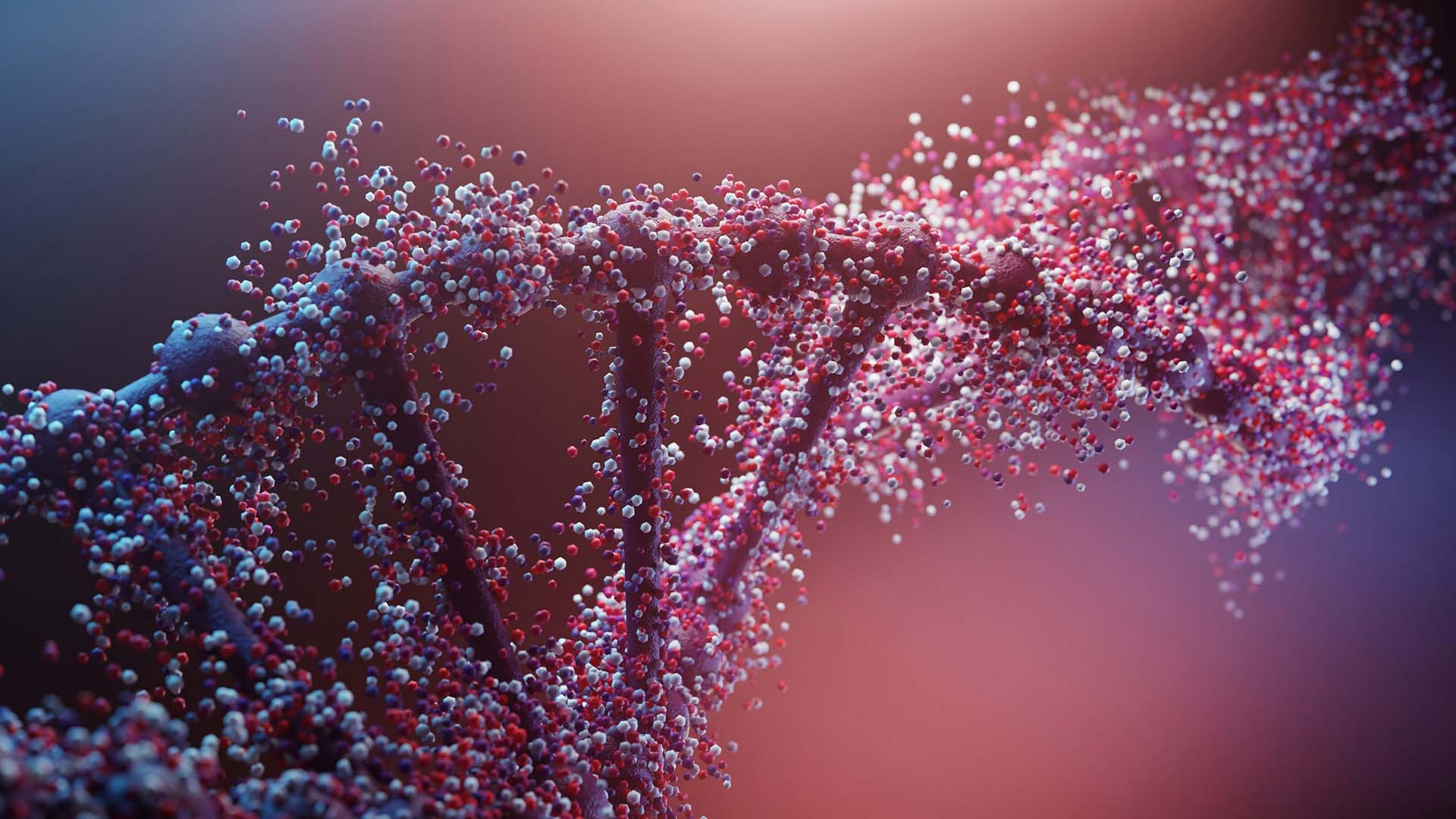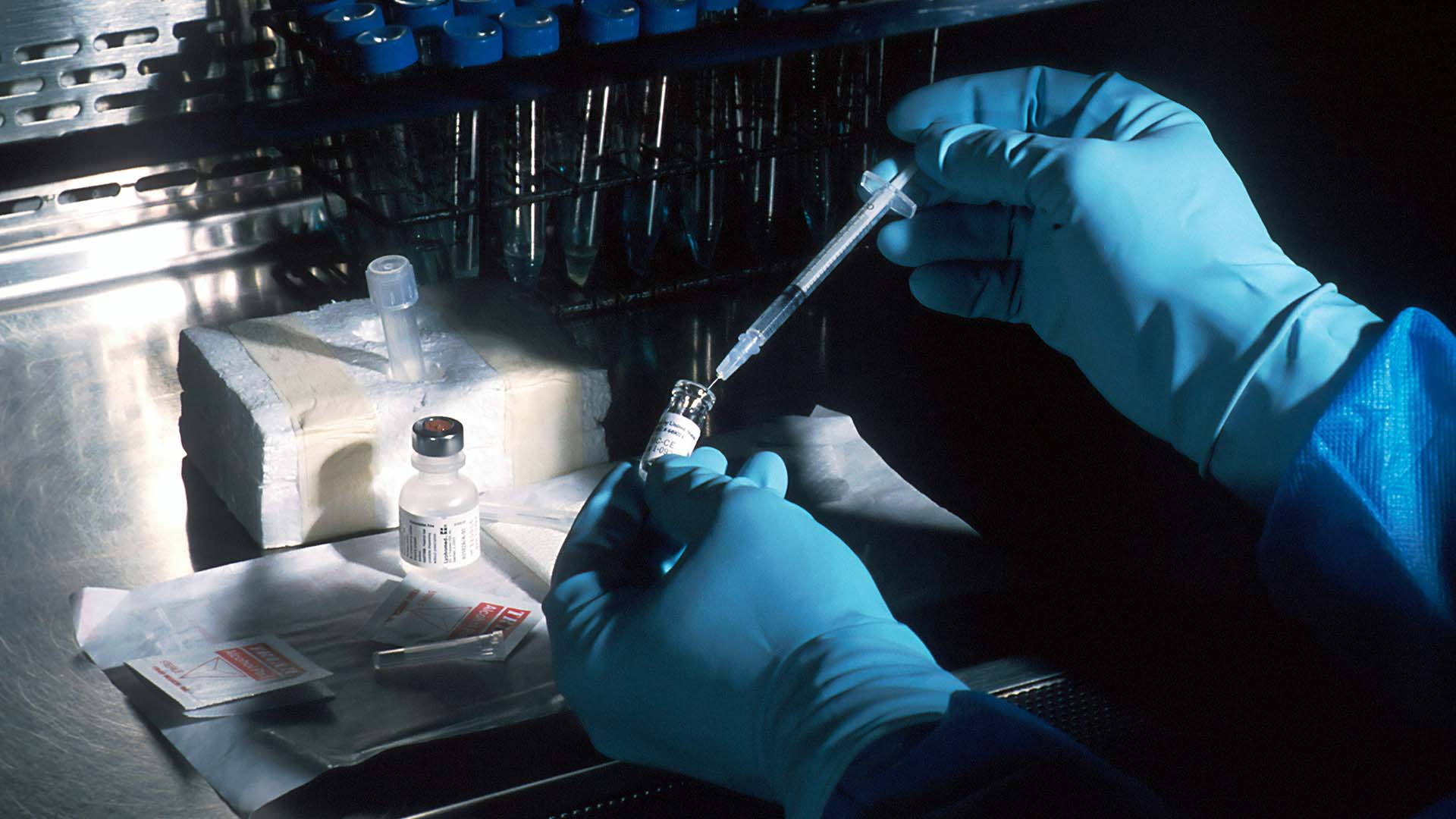Published, August 14, 2025
DNA Testing and the Future of Personalized Medicine
Global DNA International brings you thought-provoking stories and insightful articles designed to satisfy your curiosity and deepen your understanding of DNA testing, genetic identity, and the complex issues surrounding modern DNA science.

DNA Testing and the Future of Personalized Medicine
Introduction: Medicine Tailored to You
In a private clinic in Johannesburg, Dr. Ndlovu was reviewing the DNA test results of a patient named Rudo.
Rudo had struggled for years with medications that either didn’t work or caused severe side effects.
Her DNA report revealed a variant affecting how her liver metabolized certain drugs — a detail that explained the repeated failures.
With this knowledge, her doctor adjusted her prescriptions, and Rudo finally experienced relief.
This is the promise of personalized medicine: using DNA to tailor healthcare to the individual, improving outcomes and reducing risks.
Chapter 1: What is Personalized Medicine?
Definition
Personalized medicine, also called precision medicine, uses genetic, environmental, and lifestyle information to:
- Prevent disease
- Diagnose conditions accurately
- Customize treatments
Story: From Trial-and-Error to Precision
Doctors traditionally prescribe medications based on population averages.
For Rudo, that meant repeated trial-and-error treatments for hypertension.
Genetic testing revealed the cause — and the right medication worked immediately.
Chapter 2: How DNA Guides Treatment
Pharmacogenomics
The study of how genes affect a person’s response to drugs.
- Some genes determine how fast a drug is metabolized.
- Others affect drug efficacy or risk of side effects.
Example: Warfarin Therapy
Warfarin, a blood thinner, can be dangerous if dosed incorrectly.
DNA testing can identify variants in genes like CYP2C9 and VKORC1, enabling precise dosing and preventing complications.
Real-Life Impact
Patients with genetic-guided prescriptions often:
- Experience fewer adverse reactions
- Respond faster to treatments
- Reduce hospital visits
Chapter 3: Cancer Treatment and DNA
Story: Targeted Therapy Saves Lives
In Cape Town, a woman with aggressive breast cancer had her tumor sequenced.
Doctors discovered a mutation in HER2, making her eligible for targeted therapy that improved survival chances dramatically.
How It Works
- DNA sequencing identifies mutations in tumor cells.
- Specific drugs are selected to target these mutations.
- Treatment becomes personalized rather than generic.
Benefits
- Increased efficacy
- Reduced side effects
- More informed prognosis
Chapter 4: Preventive Medicine and Early Detection
Story: Detecting Risk Before Symptoms
A middle-aged man in Nairobi discovered through a genetic panel that he carried a BRCA2 mutation — increasing his risk for prostate and breast cancer.
Early monitoring and lifestyle changes allowed him to intervene before disease onset.
Science Behind Preventive Screening
- Genetic predispositions can inform personalized screening schedules.
- Lifestyle adjustments can be tailored to mitigate risks.
- DNA-guided prevention is proactive, not reactive.
Chapter 5: Rare Diseases and Genetic Diagnosis
Story: Finding Answers for the Unknown
A child in Lusaka had unexplained developmental delays.
DNA sequencing revealed a rare genetic disorder previously undiagnosed.
Armed with this knowledge, doctors could manage symptoms more effectively.
Why This Matters
- Many rare diseases are misdiagnosed.
- DNA testing can shorten the diagnostic odyssey, reducing stress and medical costs.
Chapter 6: The Role of Big Data and AI
AI and Genomics
Artificial intelligence analyzes massive genetic datasets to:
- Identify disease patterns
- Predict treatment responses
- Discover new drug targets
Real-World Application
AI algorithms can screen thousands of genetic variants, flagging those most likely to affect treatment outcomes.
This accelerates discovery and ensures that medicine becomes truly personalized.
Chapter 7: Ethical Considerations
Privacy and Consent
- DNA data is highly sensitive.
- Misuse could affect insurance, employment, or social perception.
Equity in Access
- Personalized medicine may remain expensive initially.
- There’s a risk of creating a two-tier healthcare system.
Informed Decision-Making
- Patients must understand the implications of DNA-guided treatments.
- Genetic counseling is essential for interpreting results accurately.
Chapter 8: The African Context
Current State
- Limited genomic databases for African populations.
- Fewer local labs capable of advanced sequencing.
- Growing interest from researchers and startups in genomics-driven healthcare.
Opportunities
- Improved healthcare outcomes tailored to African genetic diversity.
- Early disease detection and prevention.
- Local research can generate solutions for diseases prevalent in Africa.
Chapter 9: Practical Steps for Patients
- Ask About DNA-Guided Testing – Discuss options with your doctor.
- Understand the Limitations – Not all conditions are covered.
- Secure Your Data – Ensure privacy and consent for data usage.
- Consider Genetic Counseling – Professional guidance is essential.
- Stay Informed – Advances happen quickly; keep up with developments.
Chapter 10: The Future of Personalized Medicine
Predictions
- Wider availability of DNA-guided treatments in clinics.
- Integration of AI and genomic databases for real-time treatment guidance.
- Affordable personalized medicine in developing countries.
- Preventive care tailored to genetics rather than population averages.
Conclusion: From Generic to Individual
Personalized medicine represents a paradigm shift — from one-size-fits-all healthcare to treatments designed for you.
DNA testing is the foundation, transforming guesswork into precision, risk into knowledge, and generic care into personal empowerment.
For patients like Rudo, this is not just science — it’s life-changing clarity, and a glimpse into the future of medicine.
Disclaimer: This article is for informational purposes only and should not replace professional medical advice.


